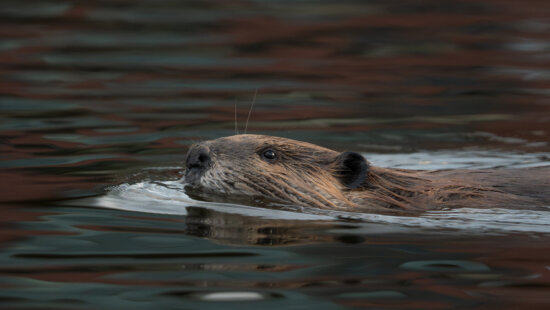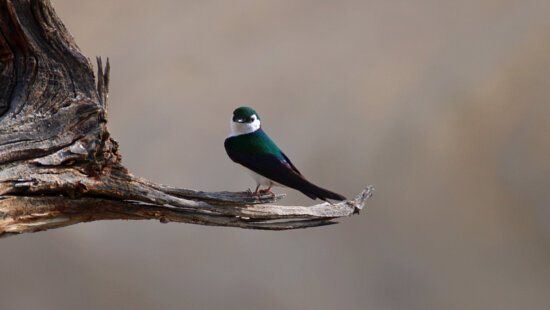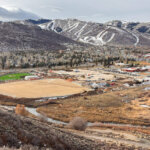Environment
Wild Wasatch: Sage’s subtle August bloom in the Wasatch Back
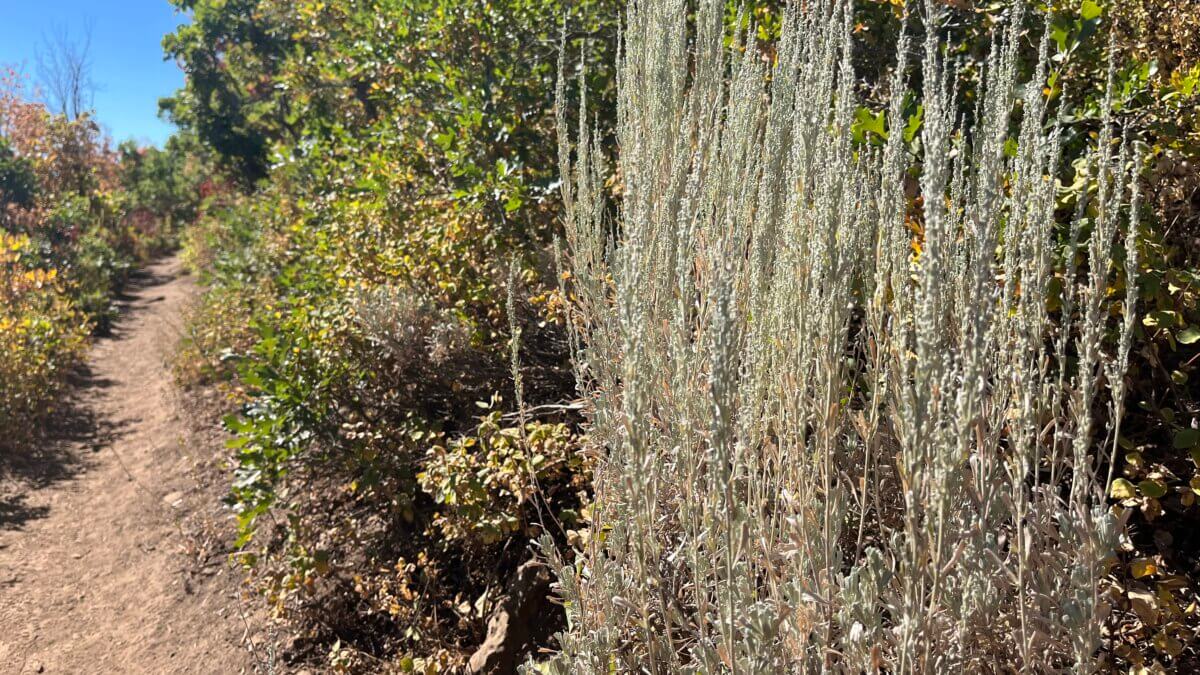
Sagebrush begins its late-summer bloom in the Wasatch Back, its muted flowers and silvery leaves providing essential cover and pollinator support as the season shifts toward fall. Photo: Rebecca Brenner
PARK CITY, Utah — By mid-August in the Wasatch Back, the bright displays of lupine, columbine and paintbrush have mostly faded. What remains is the steady presence of sagebrush, a plant that has long anchored the landscape and now enters its quieter blooming season.
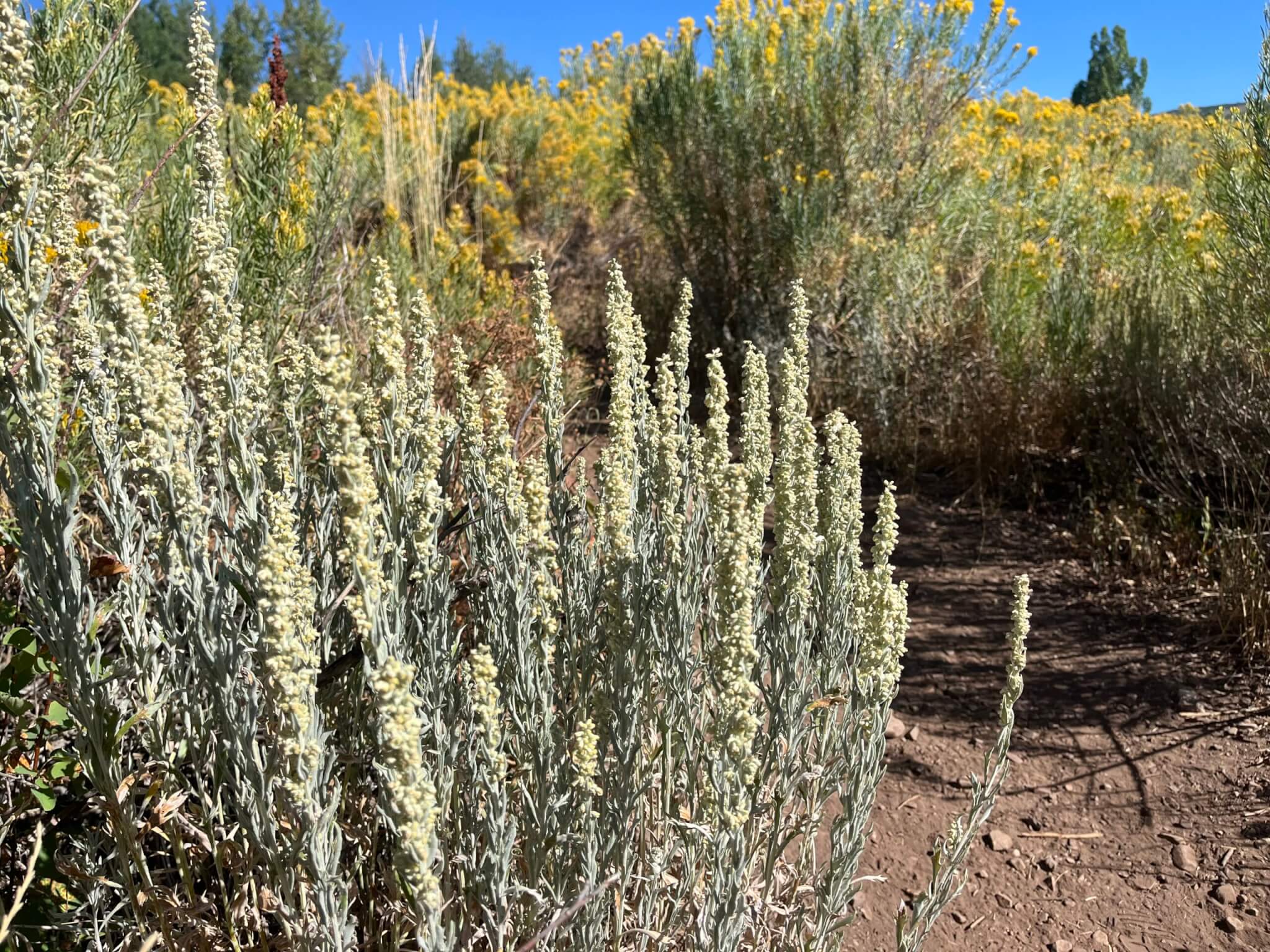
According to the U.S. Forest Service, mountain silver sagebrush (Artemisia cana) begins flowering in August, producing small, yellowish disc flowers clustered in dense, spikelike heads at the top of its stems. While these blooms are modest compared with the showy colors of earlier summer wildflowers, they play an essential role in late-season pollination.
The Forest Service notes that sagebrush is more than a backdrop to mountain scenery. Its deep roots stabilize soil, reduce erosion, and capture scarce water in high-elevation basins. Its silvery foliage provides shelter for birds, small mammal,s and insects, and its blossoms feed pollinators at a time when other floral resources are declining.

Unlike fleeting wildflowers, sagebrush endures. The Forest Service describes the plant as hardy and long-lived, able to withstand drought, grazing, and cold. Its resilience ensures that meadows and ridges retain cover even as the seasons shift toward autumn.
For hikers and residents in the Wasatch Back, the late-summer bloom of sage is an invitation to look more closely. Though it lacks the splash of July’s alpine gardens, its muted flowers and silver leaves reflect the persistence of life at high elevations, carrying the landscape into fall with quiet strength.

















